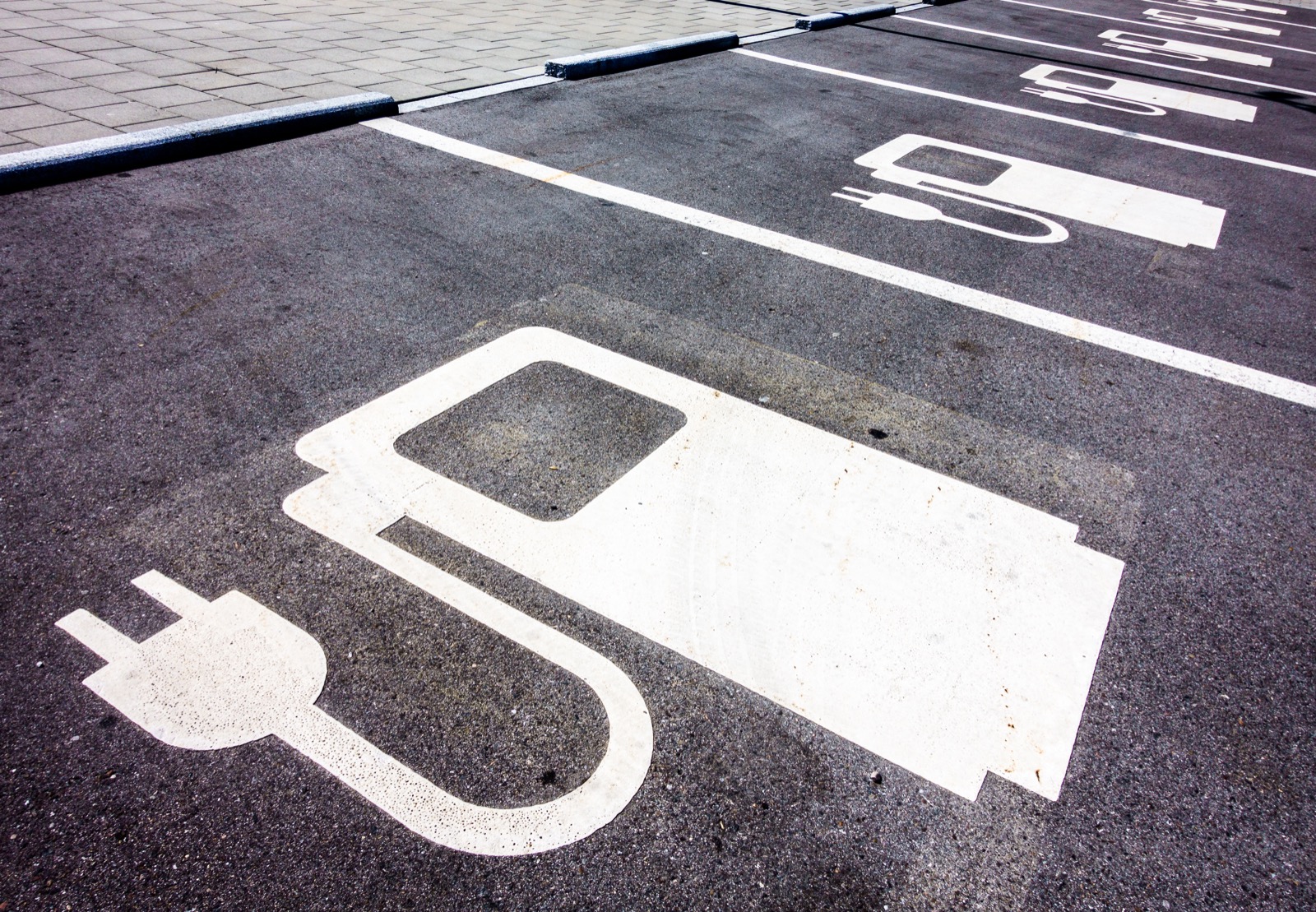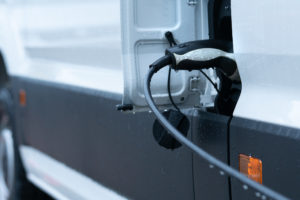PANION does the legwork involved in answering that question
In order to reduce emissions and lower carbon footprints, many fleets are looking to transition to battery electric vehicles (BEVs or EVs). Determining which EV model is best suited to your needs takes a lot of legwork. This includes visiting OEM websites, reading reviews, studying articles, papers and analysing vehicle specification data.
There are more electric vehicle options now than ever before. In 2019, automakers launched 143 new electric vehicles, 105 BEVs and 38 plugin hybrid electric vehicles (PHEVs). Together, OEMs are planning to introduce around 450 additional models by 2022.
In terms of vans, in Europe alone, there are at least 14 auto OEMs making eLCVs (Electric Light Commercial Vehicles).
Transitioning to eLCVs
LCV purchasing decisions have traditionally been based on total cost of ownership (TCO), not purchase price. Evidence is mounting that electrifying light commercial vehicles is an astute business decision as it can save significant costs over the long term.
Let’s look at which EV models are available now and in the near future before we introduce a new tool that takes the legwork out of building the business case for “going electric” in all areas – company car, sales car, engineer or delivery van and so on.
Top 5 electric SUVs
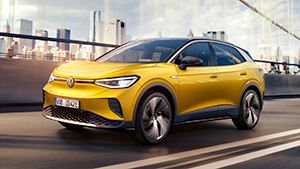
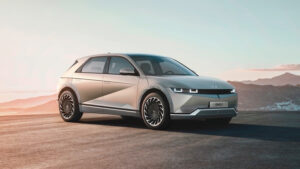
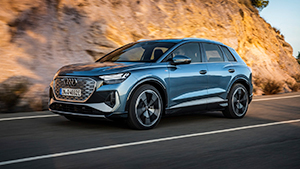
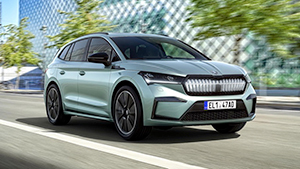
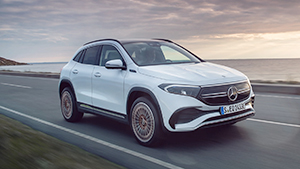
Coming soon
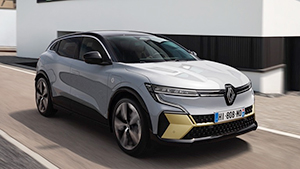
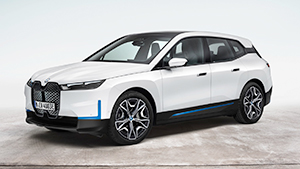
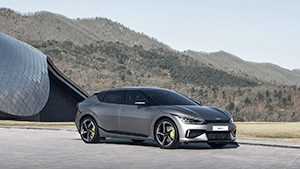
Top 5 electric small cars
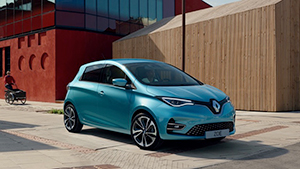

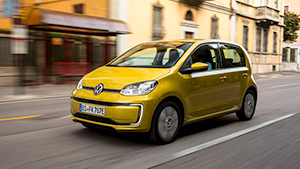
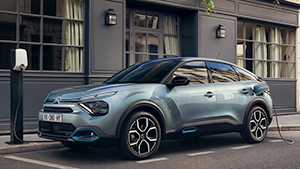
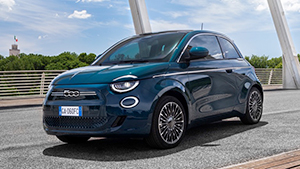
Top 5 electric mid-range cars
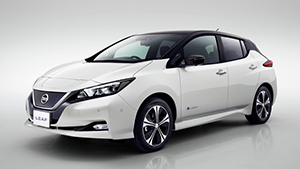
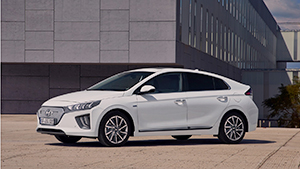
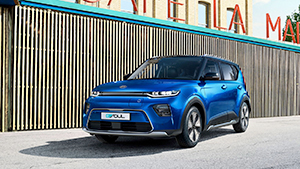
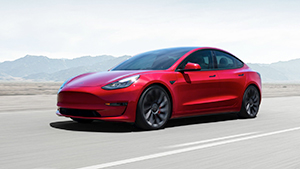
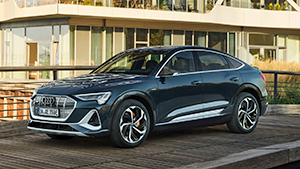
Coming soon
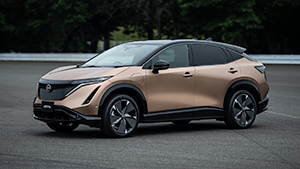
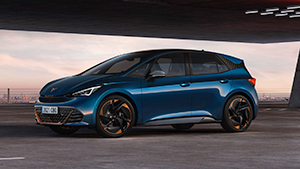
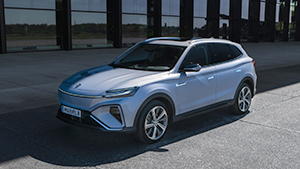
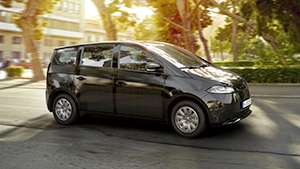
Top 5 electric executive cars
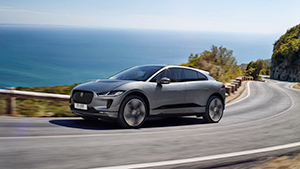
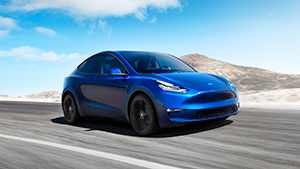
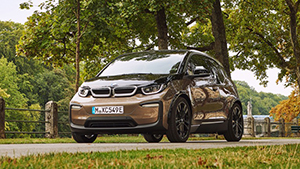
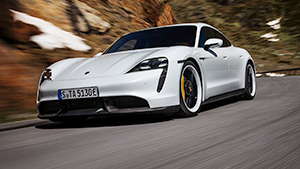
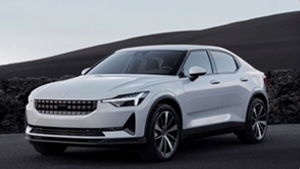
Electric executive cars – coming soon
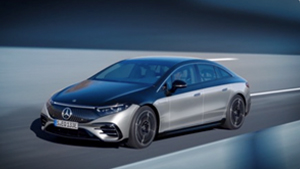
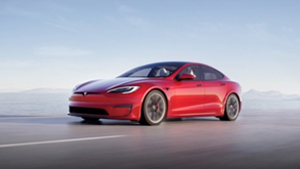

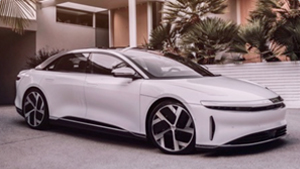
Coming soon
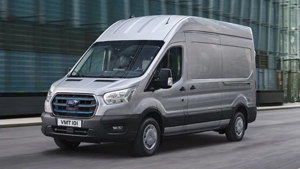
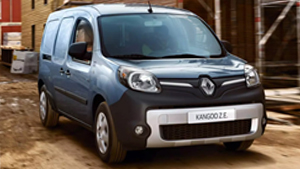

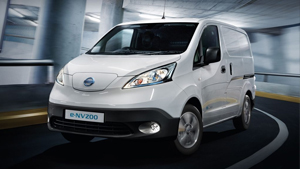
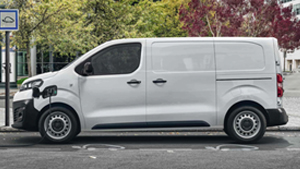
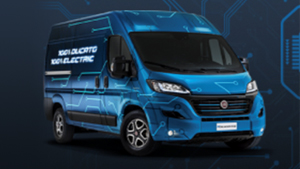
Analysis of range
Having looked at some of the different EV models, there are a few things we need to highlight that are pertinent to commercial fleets in the transition to EVs. Firstly, range.
There’s a difference between what manufacturers’ stated range for their electric vehicles and the ‘real’ range that’s achievable in real-world conditions. There are a number of factors that affect EV range.
Factors affecting EV range
- Speed – driving at high speed (above 104.6km/h or 65mph) reduces an EV’s range and efficiency.
- HVAC – research has found that the cooling load in summer can cause a 17.2–37.1% range reduction, and in winter the heating load will cause a range reduction of 17.1–54.0% [1]
- Wind – driving into a head wind will increase resistance so the battery must work harder to maintain speed.
- Cold weather – it’s well-known that batteries (of any kind) don’t like cold temperatures. Studies have shown that below 10°c (50 Fahrenheit), range will start to drop. Below freezing point (0°c or 32F) range loss can be as high as 12%.
- Tyre traction – three factors contribute to tyre traction: tyre quality, inflation and road conditions. Poor traction can have a detrimental effect on range.
- Payload – the heavier the vehicle, the harder the battery has to work to move it so the more energy it uses.
- Battery degradation – even though EV batteries have a Thermal Management System (TMS), like all batteries, they lose capacity over time and many discharge/recharge cycles, which will reduce range.
Analysis of load
Electric vans (eLCVs) are typically used for last-mile deliveries in city and urban areas where zero tailpipe emissions are desirable and in many cases, mandated. In this scenario, payload (in terms of weight) may be less of an issue because the vehicles aren’t travelling long distances.
That said, for eLCVs that run longer journeys on open roads and motorways, payload matters as it can greatly affect range. Payload includes passengers, cargo and tow trailers. Depending on the make a model, a typical eLCV has the capacity to carry 1,400 – 2,000kg (3,000 – 4,500lbs). Research by Arval shows that for fleet operators to be confident that the van won’t run out of electricity ‘en route’, a figure of around 60-70% of the official range should be used as an estimate in most cases[2].
Total Cost of Ownership (TCO)
In order to forecast TCO for fleet electrification, you need first to understand the capital cost and ongoing costs for the EV infrastructure and energy supply. You also have to validate the business case and financial viability and explore all the funding options. Is it best to buy fleet EVs outright and own them, finance them or lease them? What lease and finance deals are out there and do they cover batteries? Are there grants available to help with the funding? What about tax incentives? How are you going to maintain visibility and keep control over usage and costs?
PANION EV Transition Tool (EVT)
As you transition to electric vehicles, our aim is to be with you for the journey. PANION EVT is the tool that takes away the heavy legwork in deciding which EV model is best for your fleet.
Available as a convenient smartphone app, PANION is an OEM-independent fleet transitioning tool that collects relevant data on electric vehicles and provides an analysis of their suitability for your fleet, based on its driving profile.
PANION EV Transition Tool can help determine which EVs are suitable for your requirements. It also helps quantify the environmental benefits of ‘going electric’ by demonstrating an exact CO2 emission rate of each vehicle and the percentage CO2 emission saving you will derive from an equivalent EV.
PANION EVT presents you with a database of the best EV models for your fleet with images and specifications, plus real-world range (based on a range of factors). The app can also help you plan ahead by presenting details of which EV models are due to be released and when.
Choosing the right EVs for your fleet takes work but you can save money and enhance your company’s reputation by doing so. Additionally, you need the right advice and correct, up-to-date information, and finding that can be laborious. Although well-intended, information from OEMs (such as optimum range) may be for marketing purposes and not based on real-world scenarios. PANION EVT significantly reduces the work involved in researching the price, availability and suitability of electric vehicles, plus it’s OEM independent and capably of analysing all available data against your fleet and driving profile.
[1] Ovidiu Varga et al.: Prediction of Electric Vehicle Range: A Comprehensive Review of Current Issues and Challenges
[2] Source: Commercial Fleet: Arval reveals effect of payload and temperature on electric van range
